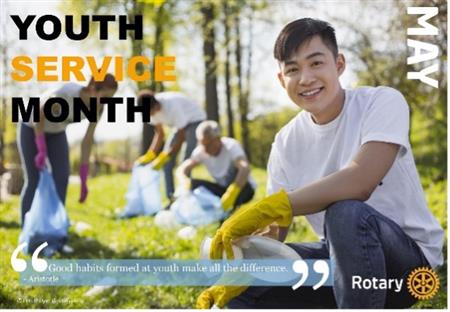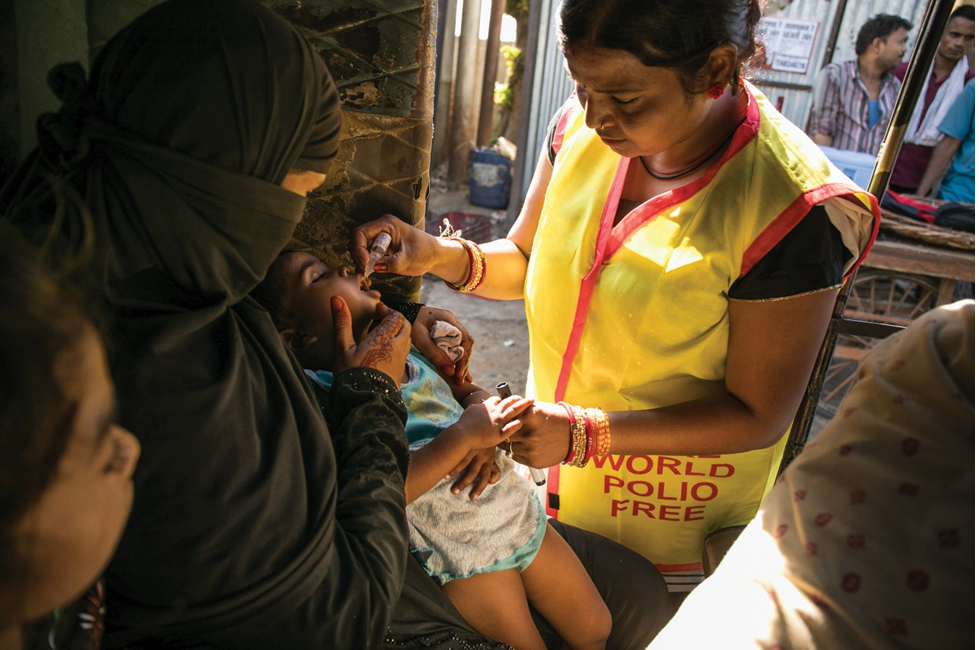
On the Rotary International calendar, May is “Youth Service Month”. We recognize, focus upon, and celebrate our youth service groups: Interact, Rotary Youth Leadership Awards, Rotary Youth Exchange, and New Generations Service Exchanges. These programs help young individuals grow and become leaders of the future, changing their lives for the better. They benefit thousands of young people the world over as well as society at large through the beneficial actions of those who participate in these programs.

Why am I talking about youth service in a polio blog? Because polio is a disease that mainly strikes children, robbing them of their health and quality of life. Through the work of the Global Polio Eradication Initiative (GPEI) since 1988 polio case numbers have been reduced by 99.9 percent, allowing those who would otherwise been afflicted to lead healthy and productive lives.
It can be challenging to quantify the benefits that have resulted from the decades of continued polio immunizations worldwide but a new study in The Journal of Infectious Diseases has done just that. Reporting of polio cases historically varied significantly from country to country and over time. As case reporting began before diagnostic testing was widely available, early reports were focused on cases of paralysis. Combining reviews of historical records with statistical modeling techniques, the authors of this study concluded that 29 million cases of paralysis were prevented through the development and administration of polio vaccines.1
How Can I Help Eradicate Polio?
Rotarians can donate to End Polio Now online at https://www.endpolio.org/donate
Every dollar donated through End Polio Now will be matched by two dollars from the Bill and Melinda Gates foundation, tripling your financial impact!
Notable Person Stricken With Polio: Jack Nicklaus (b. 1940); Professional golfer; winner of 18 major championships, including 6 Masters Tournament wins. “I had polio when I was 13. I started feeling stiff, my joints ached, and over a two-week period I lost my coordination and 20 pounds. The doctors thought I had the flu. I played an exhibition with Patty Berg and shot 53 for nine holes — not very good for a kid with a plus-3 handicap. My sister, Marilyn, was diagnosed at about the same time; the doctors deduced that she got it from me. Marilyn, who was 10, was unlucky. For a year she was unable to walk but eventually got 95 percent of her movement back. I recovered after a few weeks, but I still may suffer from post-polio syndrome. My whole career, my joints have gotten awfully sore at times. Polio is just a memory now, but it was a horrible disease. I got it a year or two before Jonas Salk's polio vaccine was distributed.2
References:
